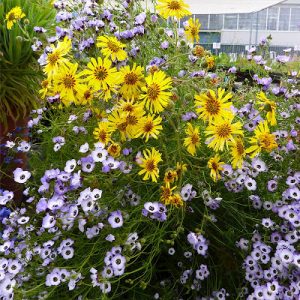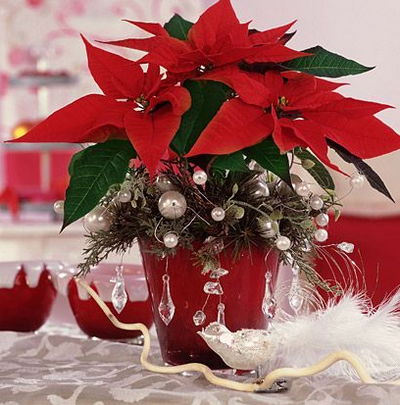became more
Begonia
 The birthplace of this plant is South America, Asia, Africa and the islands of the Malay archipelago. Currently, more than 2000 garden forms obtained through selection are known. Begonias were discovered in the 17th century by the naturalist Charles Plumier during an expedition to the Antilles and named after the governor of San Domingo, Michel Begon (1630-1710).
The birthplace of this plant is South America, Asia, Africa and the islands of the Malay archipelago. Currently, more than 2000 garden forms obtained through selection are known. Begonias were discovered in the 17th century by the naturalist Charles Plumier during an expedition to the Antilles and named after the governor of San Domingo, Michel Begon (1630-1710).
Begonias are a large and rather popular group of houseplants.
Begonias differ in the nature of growth: from bushy, up to 5 m high with lignified shoots to grassy, ground cover, with creeping, creeping and drooping shoots. Begonia leaves are diverse in shape, size and color: from simple, asymmetric or round, to complex, consisting of 5-10 leaves: from small, one or two kopek coins, to large, the size of a large burdock.
The edges of the leaves are whole, serrate, deeply dissected, in some species decorated with double or triple fringe. Continue reading
Interesting facts about flowers
 Largest leaves – Palm Raffia has the largest leaves in the world. They reach 20 m and are larger than all tree species.
Largest leaves – Palm Raffia has the largest leaves in the world. They reach 20 m and are larger than all tree species.
The smallest flowering plant – The floating duckweed of Wolffia Arhrys is the smallest flowering plant in the world. The size of its leaves is only 0.5-1.2 mm in diameter.
The deepest roots – The longest roots are found in wild ficus from South Africa. They reached 120 m.
The first plant an astronaut – The first plant that bloomed and produced seeds in space in the absence of gravity is Arabidopsis. Its life cycle is only 40 days; A copy of Arabidopsis was grown in 1982 aboard the Russian space station Salyut-7
The largest living creature – The largest living creature on Earth – a giant sequoia, it grows in California, USA, and is named “General Sherman”. Its height is 83 meters, the trunk circumference is 24.1 m. Its wood would be enough for 40 one-story houses or 5 billion matches. Continue reading
Proper Orchid and Tulip Care
 Orchids in nature grow on trees, with the help of the roots they stay on the trunk, receiving food from the bark moist after rain.
Orchids in nature grow on trees, with the help of the roots they stay on the trunk, receiving food from the bark moist after rain.
Of course, an orchid is an extraordinary flower. She does not need soil, she urgently needs frequent watering and top dressing. But, despite all of the above, if you take proper care of the orchid, it will delight you with long flowering and rich green leaves.
Orchid prefers diffused sunlight
As a result, it is better to put a pot with an orchid on a windowsill on the north side or away from the window, so that direct sunlight does not fall on it during the day. Usually a daylight hours of 12-16 hours are required, if you do not want the orchid to go to a dormant period in winter, it will be wise to illuminate it with a fluorescent lamp. Continue reading




